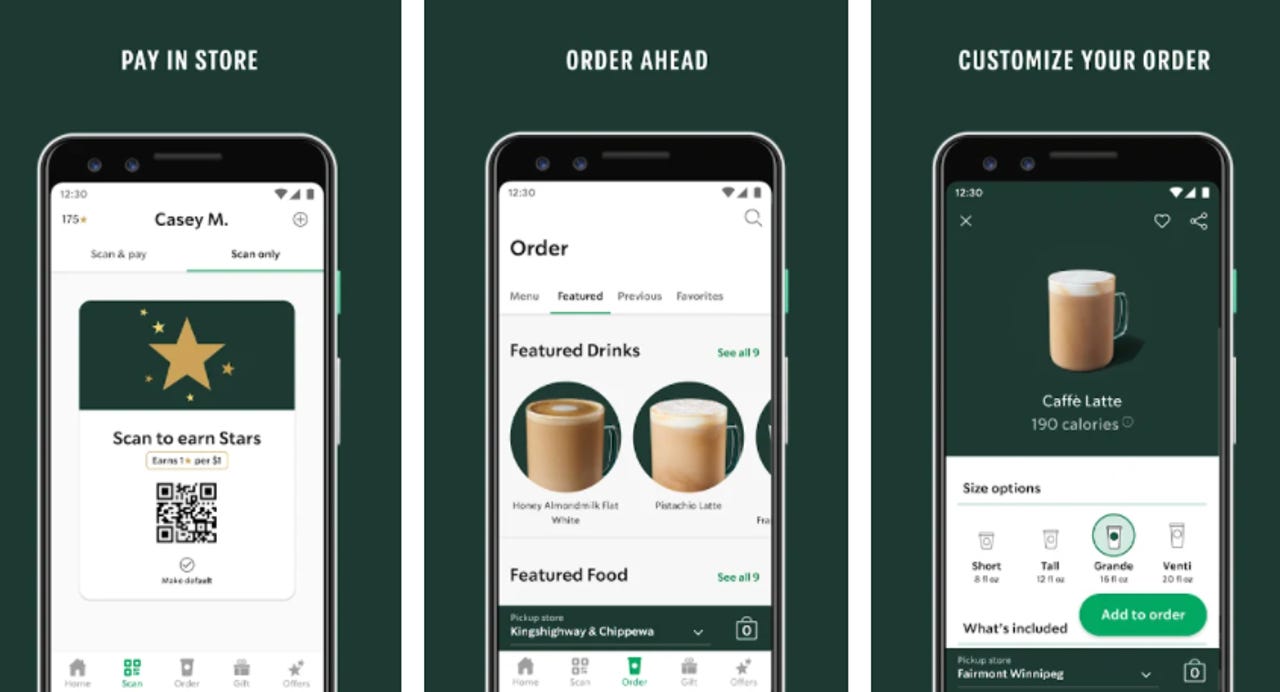Understanding the usage of gamification to drive consumer loyalty by motivating consumers and employees through data-driven statistics.

Have you ever been so engrossed in a video game that you just cannot seem to walk away from it no matter how hard you try?
I have been there too. The reward mechanisms behind video games have kept me hooked, left me wanting more, and convinced me to come back time and time again.
Video games have introduced the topic of Gamification into the professional world. The motivators behind the reward systems that are used in video games can be adopted to drive consumer loyalty, create communities within brands, and outline goals that can keep employees moving forwards.
In a world where the attention of a consumer is extremely limited, gamification offers the promise of consumer engagement.
We will explore the mechanisms behind gamification that can lead you to a better understanding of the motivating factors behind consumer behavior.
Why Games can be so Motivating
Games have reward systems, such as points, leaderboards, and other special tokens, that are designed to keep players engaged with the content.
You may be familiar with this concept when you experience the desire to come back to one of your favorite games in order to reach next level or to receive the next reward. The reward systems used in games engage the brain’s mesocortical dopamine pathway, also known as the brain’s “pleasure center” (Hodge, 2020).
This may help you to understand that the reward mechanisms behind video games are not only physical, but they are chemical as well.
So, how can we use this knowledge in the professional world?
The answer is the incorporation of Gamification to create consumer loyalty programs. Gamification is much less about the entertainment aspect than it is about achieving a relative business goal.
“The name itself implies this—you have something that already exists—a website, a loyalty program, or expense-reporting software, and it is being transformed, gamified, with the addition of gamification mechanics” (Paharia, 2013).
Just as Paharia describes, humans love data. We are motivated by it, we decide to change behaviors because of the statistics that we see, and data can ultimately determine human satisfaction on multiple levels.
Incorporating statistics into business goals will increase motivation, give employees and consumers a sense of autonomy and allow them to feel as if they are making a difference in their own life, or the lives of others.
Create the “Spark”
To accurately apply the principals of Gamification to a business, we must create a “spark” that leaves a consumer burning with desire to come back for more.
Recently, I purchased a new scale. I know, kind of boring, kind of scary. However, I love data, I love knowing where I stand and what I can do to be a healthier version of myself.
This scale tells me my overall weight, my body fat percentage in relation to my muscle mass, as well as tracking my progression towards my goals over time. This keeps me motivated to reach the goals that I have made for myself.
Specific metrics engage my brain to seek the reward. The reward, in this case, being my desired body composition for optimal health and wellness.
Business that utilize statistics in their model have key metrics that can incorporate both the intrinsic and extrinsic motivators of their consumer and employee base.
Some of the metrics include
- Fast Feedback
- Transparency
- Goals
- Badges
- Leveling Up
- Onboarding
- Competition
- Community
- Points

These gamification metrics create the desire as described by Paharia, “gamification mechanics become the “spark” that energizes and ignites the mixture of human motivation and big data to provide a compelling user experience” (2013).
We desire rewards, we desire goals, and we desire community and authenticity. These have been the driving factors of the human race since the beginning of time. We need to feel as if we are wanted and needed.
If companies can create a dynamic system that creates a sense of community and the feeling of being, wanted, needed, and cared for in the work environment, employees will whole heartedly commit to the values of the company. Consumers will be drawn to the authenticity of the employees and continue to support a company that makes them feel valued.
Do not allow the complicated in and outs of the business world to drive you away from creating the “spark” that will keep a company on the map. Motivation is not just a physical aspect, but it is how we are chemically wired as humans.
Execution of Gamification Techniques
Now we a deep understanding of the systems and mechanisms behind gamification, but the final question is how are these techniques properly executed?
Video games fail, companies fail, and some goals will get washed away with the rainstorm. Not to be negative, but we need to find ways to create consumer loyalty that won’t be washed down the drain.
We must provide something of strategic, meaningful value to consumers. The companies that can incorporate recognition, status, and exclusive access or benefits can motivate consumers by creating a sense of loss if the consumers do not engage with a company that cares about them (Paharia, 2013).
A few companies that have thriving rewards programs and understand the concept of gamification include Starbucks, Alo Yoga, The North Face, and Dunkin.

Thwaites testifies to the success that can be driven from loyalty programs by stating the statistics that,
“79% of consumers are part of at least one loyalty program
Of these, 75% say they purchase more from these brands
Top loyalty programs see a 15-25% annual revenue increase from customers who use them” (2025).
Gamification must be focused on understanding people and the processes that drive human behavior. The knowledge of these factors will enable companies to make changes based on data, and not just blind numbers.
Companies have more control than ever before to drive consumer loyalty and to make their name known. Paying detailed attention to the design of gamification techniques, understanding human behavior, and desiring to motivate consumers and employees can lead to a successful business model.
“Determine what behaviors and beliefs you value as a company, and have everyone live true to them. These behaviors and beliefs should be so essential to your core, that you don’t even think of it as culture.”
– Brittany Forsyth, VP of Human Relations, Shopify
The shifting environment of technology can cause confusion and overwhelm regarding the knowledge of what actually works. However, we must go back to the basics of what unites us as human beings to tap into the reward-seeking behavior that is wired in our very beings.
Loyalty programs drive consumer commitment and the future success that a company may achieve. Incorporating key gamification techniques will move businesses towards true loyalty in an ever-changing environment.
References
Hodge, L. K. (2020, May). Screen usage relates to neuroanatomy underlying reward processing (B.S. Senior Honors Thesis, Department of Psychological and Brain Sciences, University of Louisville). College of Arts & Sciences Senior Honors Theses, Paper 216. University of Louisville. https://ir.library.louisville.edu/honors/216
Paharia, R. (2013). Loyalty 3.0 : how big data and gamification are revolutionizing customer and employee engagement (1st edition). McGraw-Hill Education.
Tarver, E. (2020, May 7). 14 best goal-setting apps for tracking & achieving goals. EvanTarver.com. Retrieved September 9, 2025, from https://evantarver.com/best-goal-setting-app/
Thwaites, J. (2025, February 13). 15 unique & successful loyalty program examples for 2025 [Blog post]. Queue-it. Updated May 20, 2025. https://queue-it.com/blog/loyalty-program-examples/


Leave a Reply